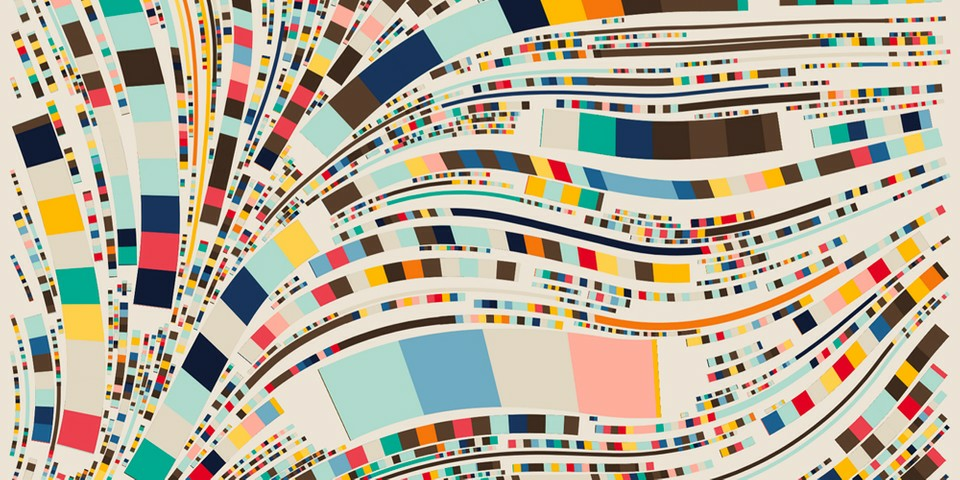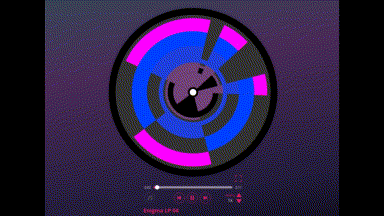
What is a generative art NFT?
It's a NFT that's been created through progammatic methods, either partially or wholly. Basically, it's combining a computer with a human artist, and seeing what results.
You can create generative art yourself using the most widespread computer language, JavaScript, in these tutorials using the p5 library (by the great Ali Spittel) and recreating the famous Joy Division album cover.
The history of this kind of art really predates NFT's, and goes back to the 70's. You can read a nice account of it here.
These days, generative art is pretty strongly associated with NFT's. So many crypto ideas - going natively digital, the future of culture - combine naturally with it.
The line between generative art and other kinds of NFT art is fuzzy. You could say that a profile picture of an animal, or a punk, with programmatic variations, is a kind of generative art project.
You're not wrong; that's just not how people divide things up.
Generative art, as a category, is usually applied to projects that are more abstract and less figurative, without recognizable human or animal shapes.
The amount of variety is also usually larger than in, say, the typical punk-like project, from artwork to artwork within a generative art series.
The first generative project to become famous, to reach 'escape velocity', was Artblocks.

They are made by selected artists who often have a very bright, smooth, vector-like aesthetic.
The most famous Artblocks series is the Chrome Squiggles, which are just what they sound like - undulating chromatic squiggles.
They were created by the founder of Artblocks, Snowfro, a former ceramic tile maker who now helms one of the few 'name brand' NFT series.
This one, #3890 out of 10,000, recently received offers over $30,000 USD on OpenSea.

The most prestigious NFT series of all is the Fidenzas, which regularly go for millions now.
They've become a status symbol: if you own a Fidenza, there's a good chance you're a famous crypto founder, a venture capitalist, or a celebrity.
Fidenzas were created by an artist named Tyler Hobbs, and are some of the most sought after NFTs, period.

After that, one of the most successful has been Autoglyphs, by LarvaLabs, the creators of Cryptopunks. Four of their artworks are shown at the top of this article.
Incidentally, the LarvaLabs name might lead you to imagine a big corporation behind it, but it's really just two people, John & Matt. They are John Watkinson and Matt Hall, a Canadian computer scientist and a software engineer.
As often happens with crypto art, there's a strong individual vision behind the project. You can see one of their early projects, a few mobile games, in the Google Play Store. Their 'experiments' ultimately succeeded, brilliantly.
Finally, there's Euler beats, an innovative combination of music and shapes.

Unlike a lot of the other projects named here, they are also relatively affordable, listing for amounts in the neighborhood of 1 ETH, in the range of the average Ethereum holder.
And that completes our brief tour.
There are many other generative art projects not listed here, and if you find one you like, we'd encourage you to become their collector also.
We hope you find art you like, and the art you like finds you.